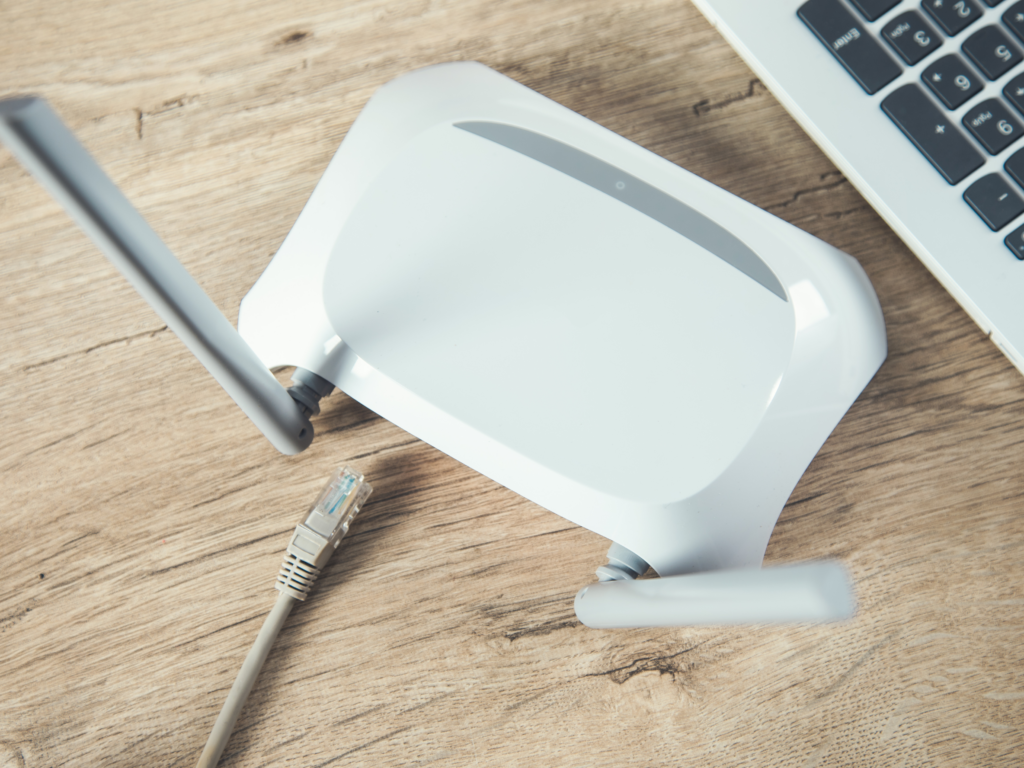Introduction
Picture this: you’re all set to binge-watch your favorite show or finish that important work project, only to find out why won’t my modem connect to the internet, even though all the lights are green. Frustrating, right? Don’t worry; we’re here to help unravel this mystery and get you back online!
When all the lights on your modem are green, it typically indicates that the modem is powered on and connected to the network. However, this doesn’t necessarily mean that your modem is successfully connected to the internet. There could be several reasons for this issue, including incorrect internet settings, firmware issues, or even interference from other devices. By following some simple troubleshooting steps, you can often identify and resolve the problem, getting your modem back online and you back to enjoying your favorite content in no time.
What Do the Green Lights Mean?
When all the lights on your modem are green, it typically indicates that the modem is powered on and connected to the network. However, this doesn’t necessarily mean that your modem is successfully connected to the internet. There could be several reasons why you’re experiencing this issue but fear not, we’ll walk you through some troubleshooting steps to get you back online in no time.
Why won’t my modem connect to the internet? Firstly, check all physical connections to ensure they’re secure. Next, restart your modem and check for any service outages in your area. If the issue persists, try resetting your modem to its default settings and updating its firmware. You should also verify your internet settings and check for interference from other devices. If none of these steps work, contact your Internet Service Provider (ISP) for further assistance. With a bit of troubleshooting, you’ll likely be able to resolve the issue and get your modem connected to the internet again.
Step 1: Check Physical Connections
When troubleshooting why won’t my modem connect to the internet, it’s crucial to start with the basics. Ensure all physical connections are secure. Check that the power cable is plugged into a working outlet and securely connected to the modem. For Ethernet connections, ensure the Ethernet cable is securely connected to both the modem and the device. For DSL connections, verify the phone line is properly connected to the modem and the wall jack.
Loose or improperly connected cables can prevent the modem from establishing a stable connection to the internet. By double-checking these physical connections, you can eliminate one potential cause of connectivity issues and move on to more advanced troubleshooting steps if necessary.
Step 2: Restart Your Modem
Sometimes, a simple restart can solve connectivity issues. Turn off your modem, wait for about 30 seconds, and then turn it back on. This can help reset the modem and establish a new connection to the internet.
Step 3: Verify Modem Lights
When troubleshooting why won’t my modem connect to the internet, pay close attention to the status lights. While all green lights are generally positive, blinking lights or any lights that are off could indicate a problem. Check the modem’s manual for the specific meaning of each light pattern. Typically, a blinking or off DSL or internet light could indicate a physical connection issue, such as a loose cable or a problem with your ISP. In some cases, restarting the modem or router can resolve temporary connectivity issues. If the problem persists, contacting your ISP for assistance may be necessary.
Step 4: Check for Service Outages
Visit your Internet Service Provider’s (ISP) website or contact their customer support to check for any service outages in your area. If there’s an outage, you may need to wait until it’s resolved before your modem can reconnect to the internet.
Step 5: Reset Your Modem to Default Settings
If restarting your modem hasn’t resolved why won’t my modem connect to the internet issue, you might consider resetting it to its default settings. This can often resolve more complex problems. To do this, locate the reset button on your modem, which is usually a small hole. Use a paperclip or a similar object to press and hold the button for about 10 seconds. This action will reset the modem to its factory settings. Keep in mind that this will also reset any custom settings you’ve configured on the modem, such as Wi-Fi network names and passwords. After resetting, you’ll need to reconfigure these settings. If resetting the modem doesn’t solve the problem, it may be worth contacting your ISP for further assistance.
Step 6: Update Modem Firmware
Check if there are any firmware updates available for your modem. You can usually find this information on the manufacturer’s website. Updating your modem’s firmware can resolve compatibility issues and improve performance.
Step 7: Check Internet Settings
Ensure your internet settings are configured correctly. Check your ISP’s website for the correct settings or contact their customer support for assistance. Incorrect settings can prevent your modem from connecting to the internet.
Step 8: Disable Security Software
Why won’t my modem connect to the internet, consider that your security software might be causing the issue. Antivirus or firewall programs can sometimes block internet access. To troubleshoot, temporarily disable any security software on your computer and see if the modem can then connect to the internet. If the connection is successful after disabling the security software, you may need to adjust the settings of the security software to allow internet access to your modem. Be cautious when disabling security software, as it can leave your computer vulnerable to threats. If the issue persists even after disabling the security software, there may be other underlying causes for the connectivity problem that require further investigation.
Step 9: Check for Interference
Ensure your modem is away from sources of interference, such as microwaves, cordless phones, and other electronic devices. Interference can disrupt the modem’s signal and prevent it from connecting to the internet.
Step 10: Contact Your ISP
If you’ve tried all the above steps and your modem still won’t connect to the internet, it’s time to contact your ISP for further assistance. They can run diagnostics on their end to identify any issues with your connection and may need to send a technician to resolve the problem.
Conclusion
In conclusion, experiencing why won’t my modem connect to the internet issues with your modem can be frustrating, especially when all the lights are green. However, by following these troubleshooting steps, you can often identify and resolve the issue quickly. If you’re still unable to connect to the internet, don’t hesitate to contact your ISP for assistance. With a little patience and persistence, you’ll be back online and enjoying your favorite shows in no time!
About Bytagig
Bytagig is dedicated to providing reliable, full-scale cyber security and IT support for businesses, entrepreneurs, and startups in a variety of industries. Bytagig works both remotely with on-site support in Portland, San Diego, and Boston. Acting as internal IT staff, Bytagig handles employee desktop setup and support, comprehensive IT systems analysis, IT project management, website design, and more.

